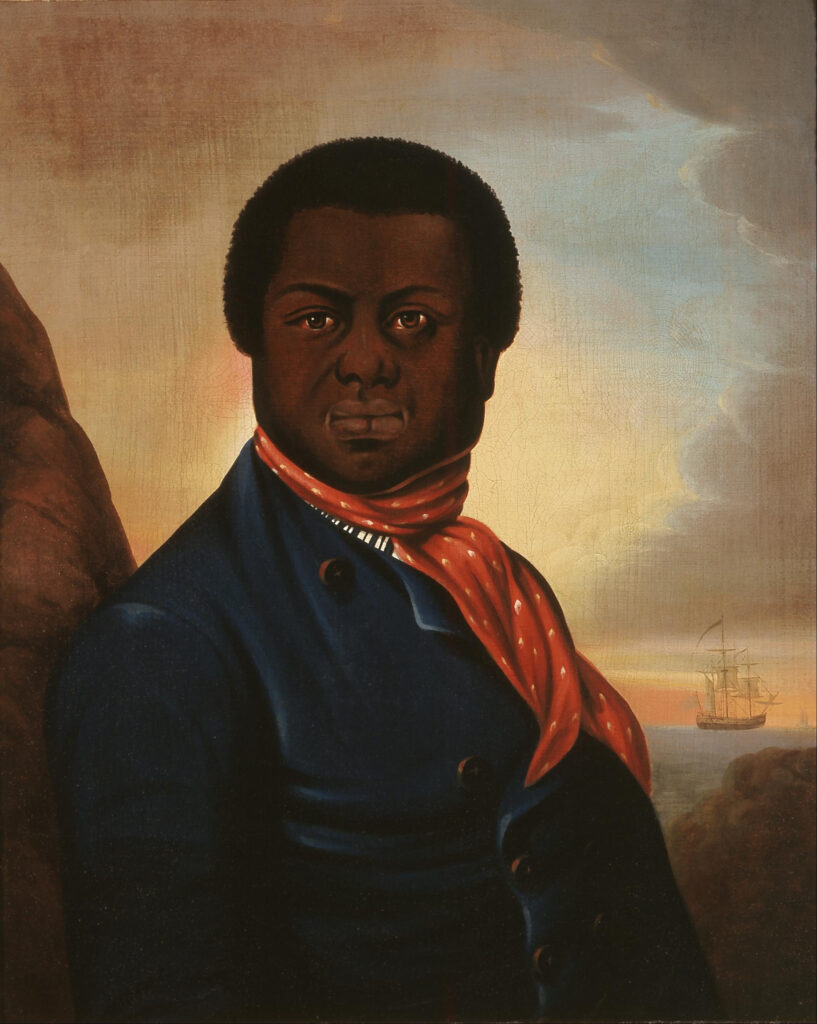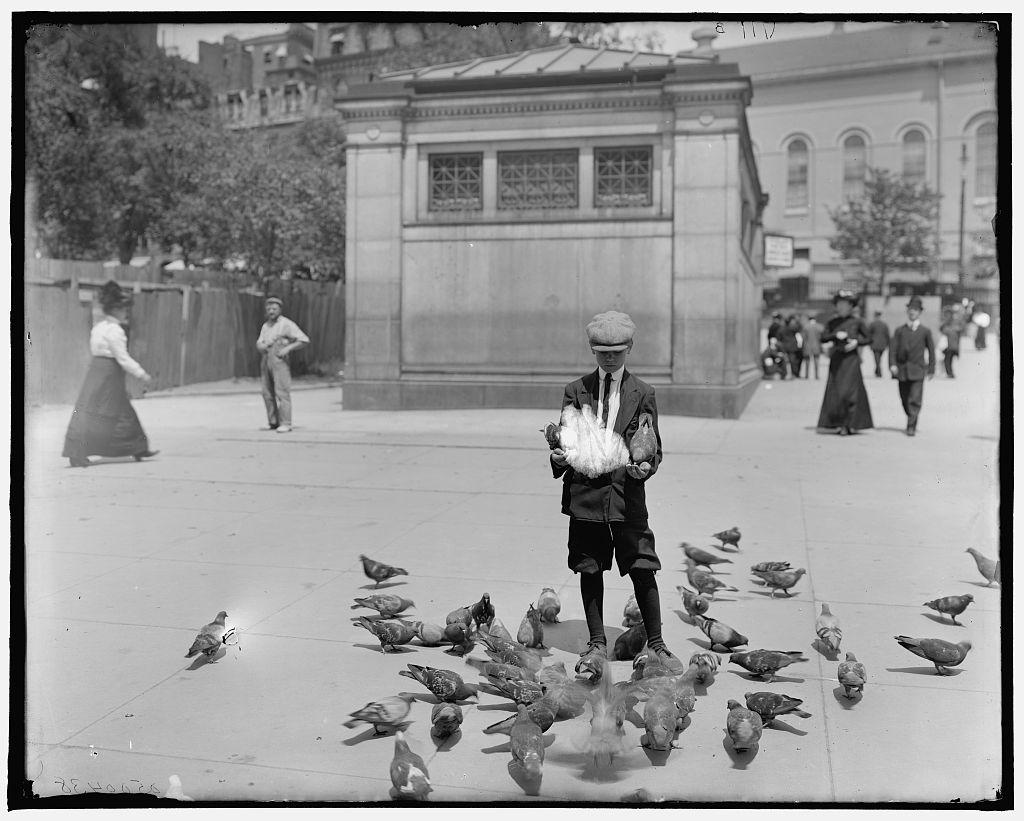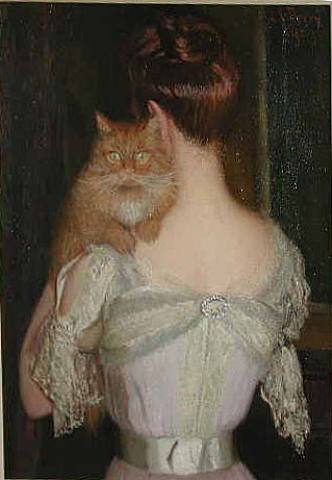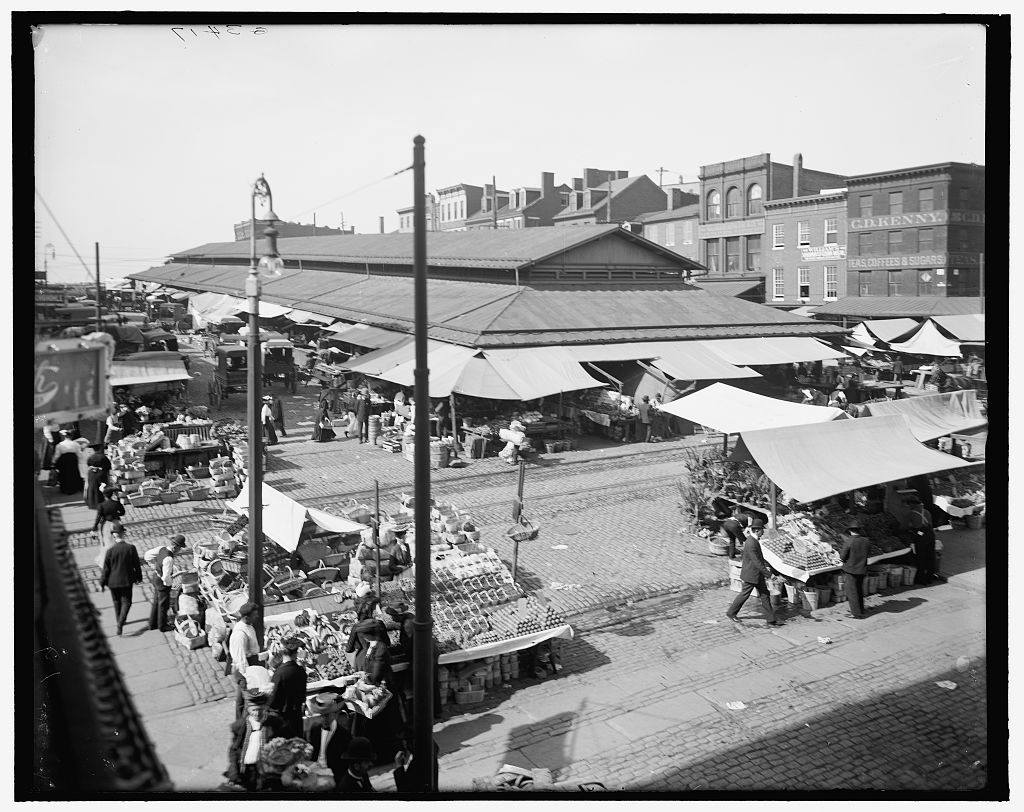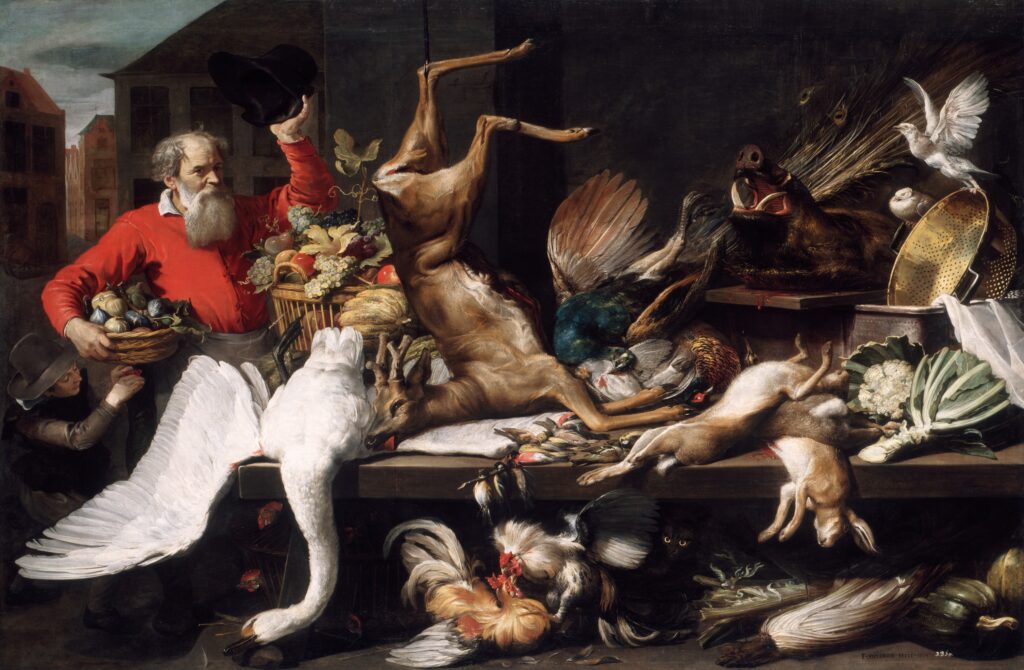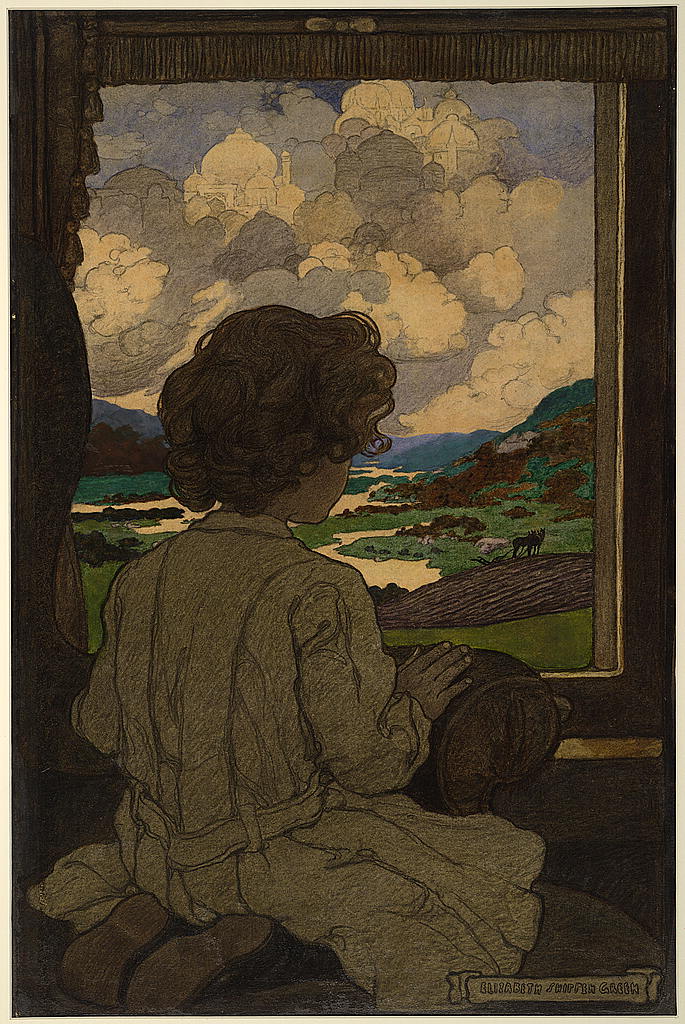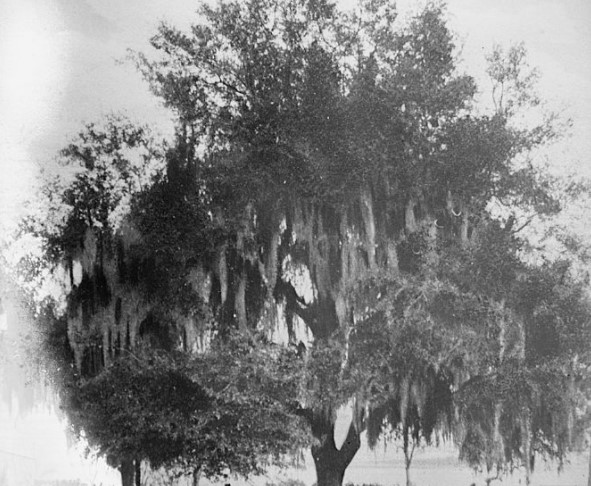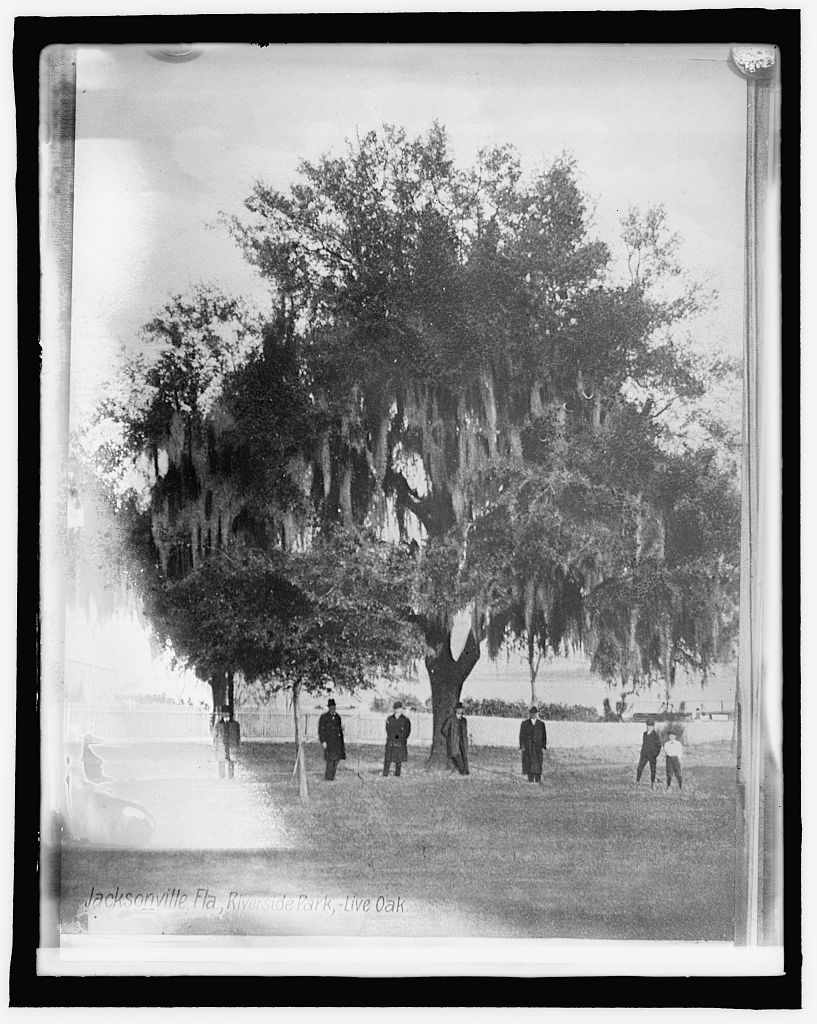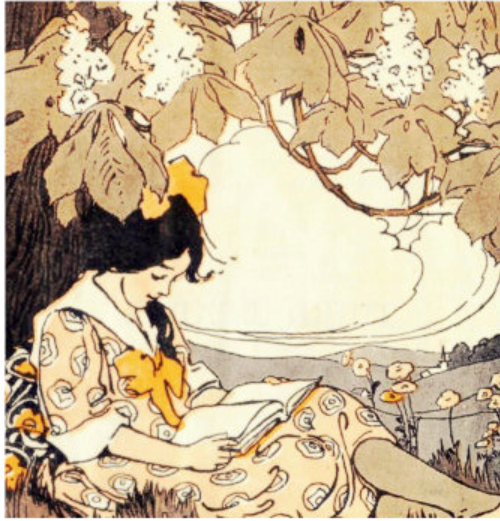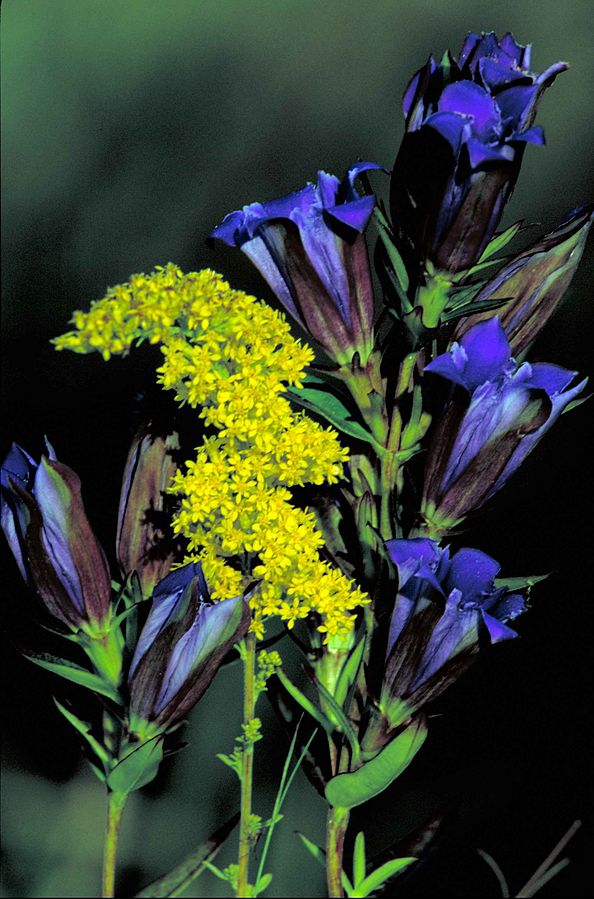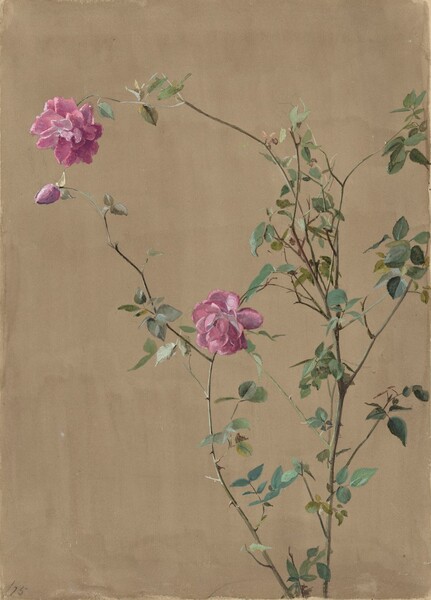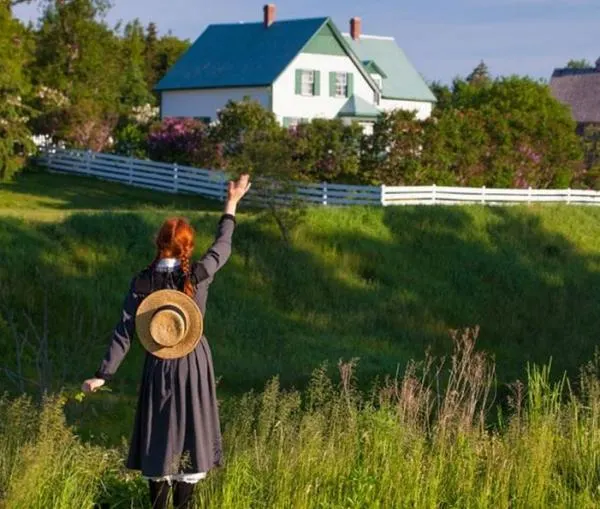Contexts
“The Haunted Oak” appeared previously in Dunbar’s 1903 collection Lyrics of Love and Laughter. It was also included in The Complete Poems of Paul Laurence Dunbar (1913).
The Dunbar Speaker and Entertainer‘s dedication reads: “To the children of the race which is herein celebrated, this book is dedicated, that they may read and learn about their own people.” In the foreword, Leslie Pinckney Hill, an African American educator, writer, and community leader who graduated from Harvard University in 1903, criticizes the one-sidedness of prevailing reading courses: “In vain may you search their pages—those pages upon which all our reading has been founded—for anything other than a patronizing view of that vast, brooding world of colored folk—yellow, black and brown—which comprises by far the largest portion of the human family.” Hill further writes that Alice Dunbar-Nelson’s book seeks to prove “that the white man has no fine quality, either by heart or mind, which is not shared by his black brother.”
Think of reading this poem out loud. Elocution (or public speaking) was a highly valued and widely taught skill in nineteenth-century America. In her introduction to the Dunbar Speaker, Alice Dunbar-Nelson offers some advice: “Before you begin to learn anything to recite, first read it over and find out if it fires you with enthusiasm. If it does, make it a part of yourself, put yourself in the place of the speaker whose words you are memorizing, get on fire with the thought, the sentiment, the emotion-then throw yourself into it in your endeavor to make others feel as you feel, see as you see, understand what you understand. Lose yourself, free yourself from physical consciousness, forget that those in front of you are a part of an audience, think of them as some persons whom you must make understand what is thrilling you–and you will be a great speaker.”
Definitions from Oxford English Dictionary:
bedight: To equip, furnish, apparel, array, bedeck.
fain: To be delighted or glad, rejoice.
galling: Chafing, irritating or harassing physically. Irritating, offensive to the mind or spirit.
ho: An exclamation to attract attention.
nigh: Denoting approach to a place, thing, or person.
trow: To trust, have confidence in, believe (a person or thing).
Resources for Further Study
Contemporary Connections
In a moving personal essay, American poet Glenis Redmond explores how the history of lynching complicates her relationship with the Southern landscape: “The legacy of lynching is woven into the fabric of America. Used as a tool of fear and a widespread form of control after blacks gained freedom from slavery, it has cast its long shadow across the country. Trees, though benign in themselves, stand at the center of this history, and they bear that imprint.”
